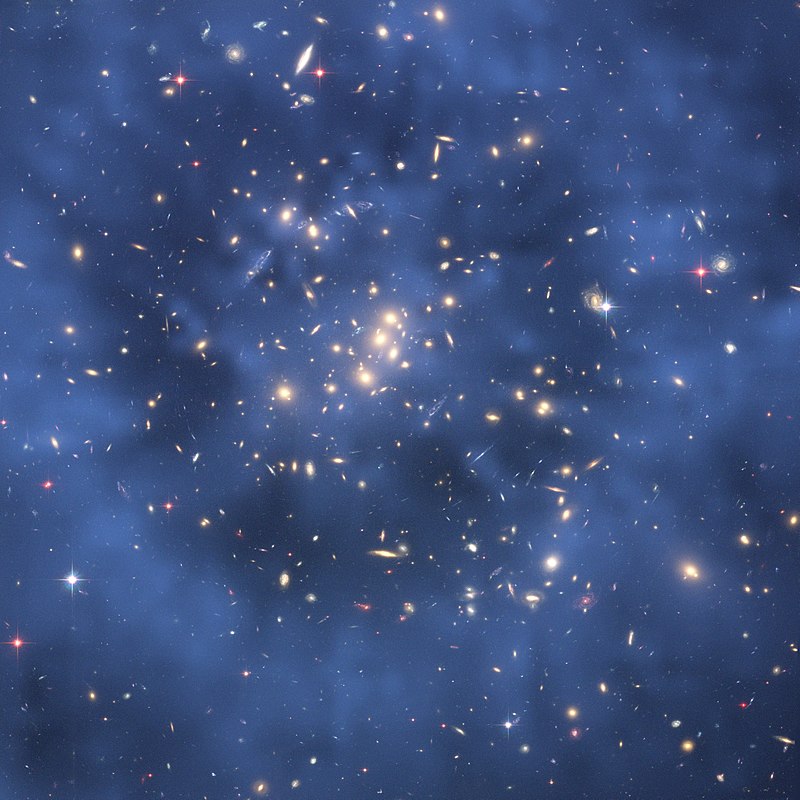
From Cathay O’Connell at at Cosmos:
Like me, physicists around the world are in the midst of an important search that has so far proven fruitless. Their quarry is nothing less than most of the matter in the universe, so-called “dark matter”.
So far their most sensitive detectors have found – to be pithy – nada. Despite the lack of results, scientists aren’t giving up. “The frequency with which articles show up in the popular press saying ‘maybe dark matter isn’t real’ massively exceeds the frequency with which physicists or astronomers find any reason to re-examine that question,” says Katie Mack, a theoretical astrophysicist at the University of Melbourne.
In many respects, the quest for dark matter has only just begun. We can expect quite a few more null results before the real treasure turns up. So here is where we stand, and what we can expect from the next few years. More.
 At this point, it may be useful to stop and ask, is there a date on dark matter’s IOU? Is there any point at which we can reevaluate without starting a blame circus? Because, if not, this is really a quest for something in inner space, not outer space and it is not clear what we are looking for.
At this point, it may be useful to stop and ask, is there a date on dark matter’s IOU? Is there any point at which we can reevaluate without starting a blame circus? Because, if not, this is really a quest for something in inner space, not outer space and it is not clear what we are looking for.
Rather than detecting dark matter, others are trying to make it. The closest we can get to the conditions of the Big Bang – where dark matter was presumably created – is in the collision chambers of the Large Hadron Collider, CERN’s 27-km long particle smasher. These chambers are ringed by sensors that can pick up the energies of millions of particles generated in each smash-up, and tally this against the known collision energy. If some energy is missing, it might indicate the creation of a particle that could not be detected by any sensors: dark matter.
So, on this view, we could have dark matter if it is designed. Never mind, dark matter, like gold in the Yukon, is where you find it.

It took almost 50 years for the Higgs boson to be discovered. Gravitational waves took almost a century. Let’s not give up on dark matter just yet.
No, but if it doesn’t turn up after a century of increasingly sophisticated research, we may be looking for the squared circle—something that might solve some problems if only it could exist.
See also: Rob Sheldon: Dark matter has finally been found—in pop science mags